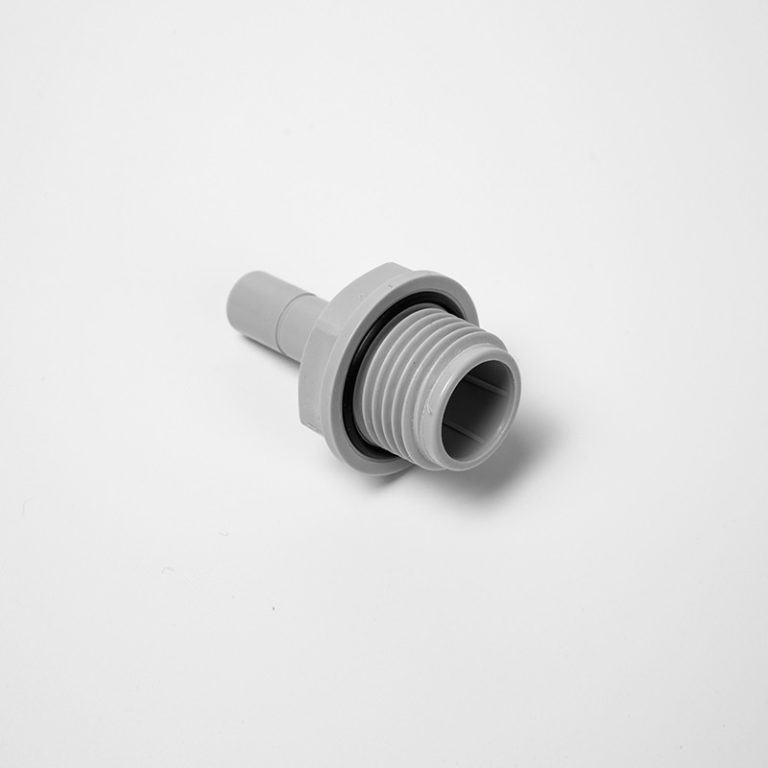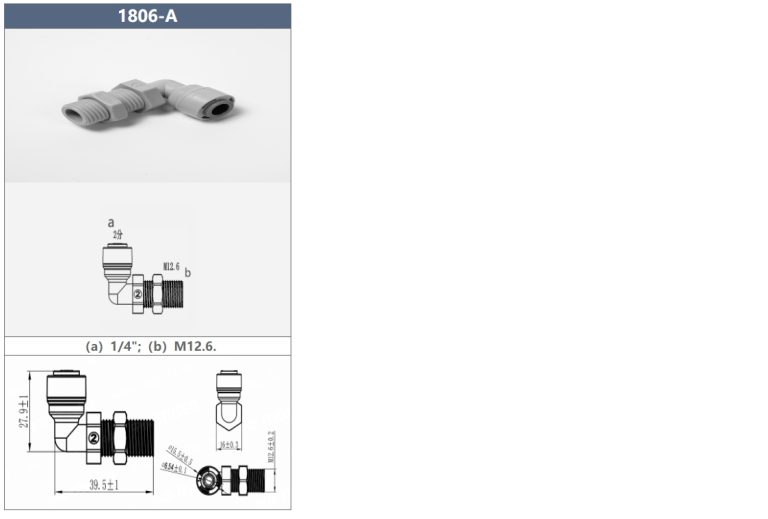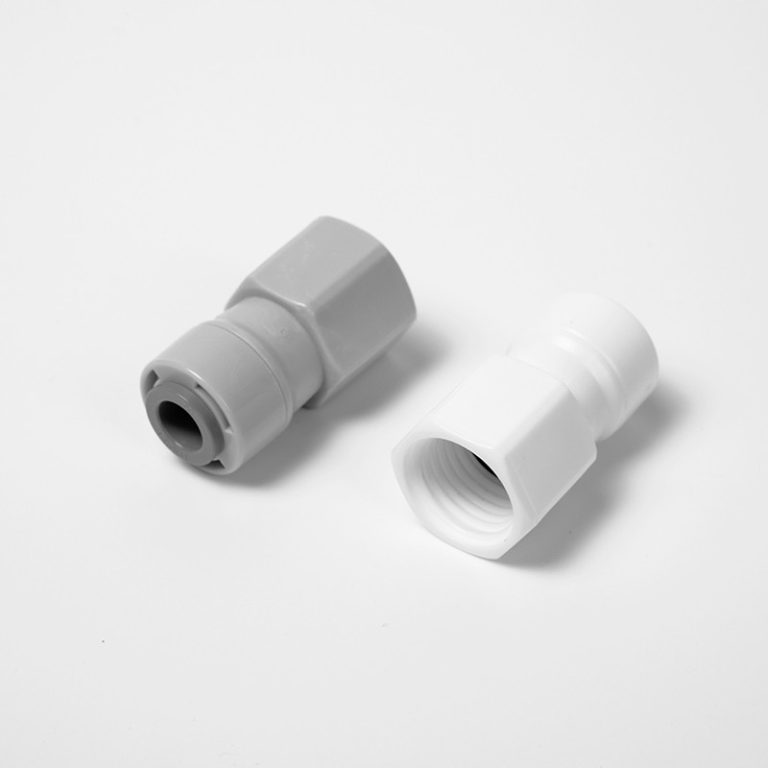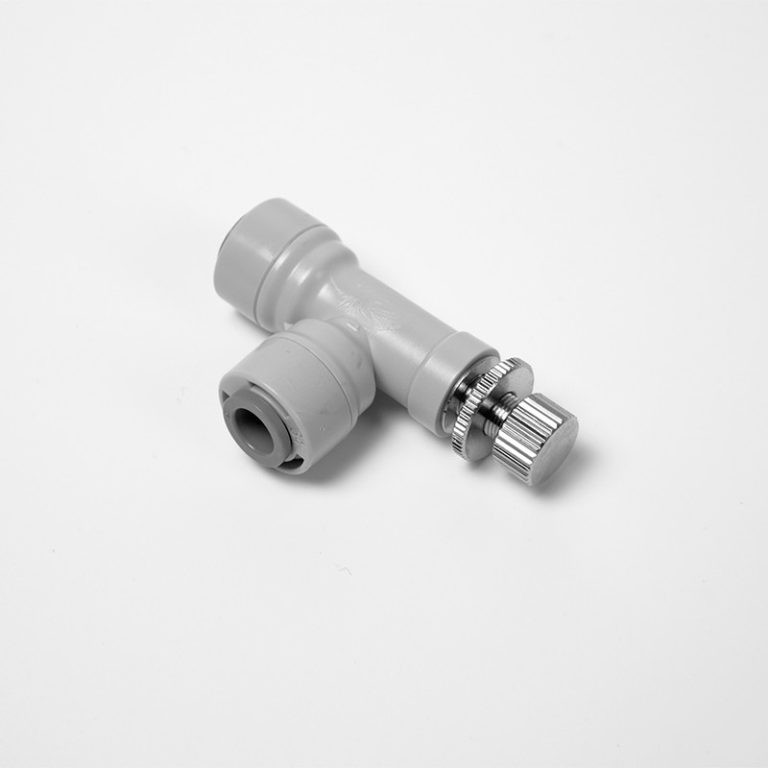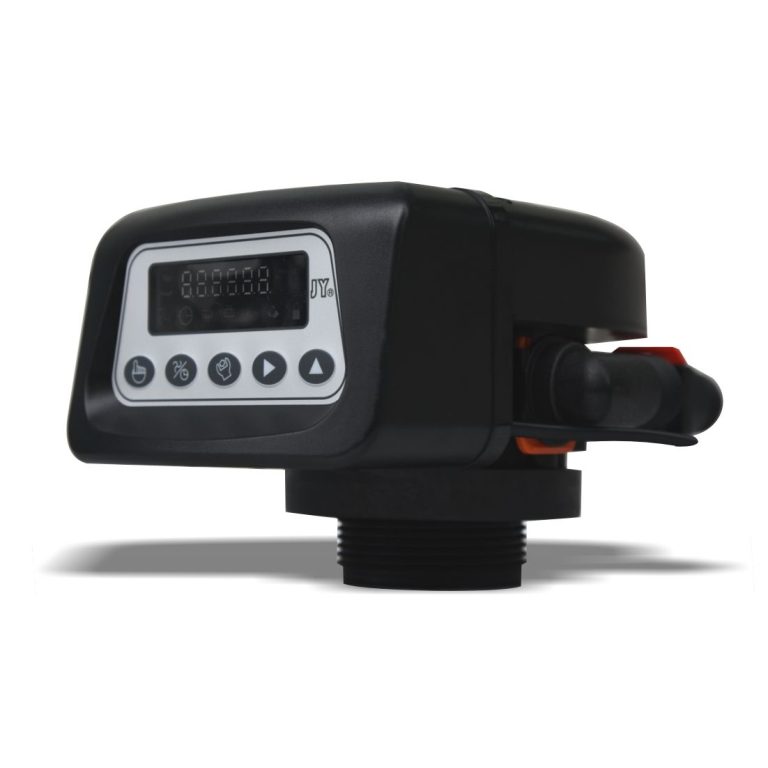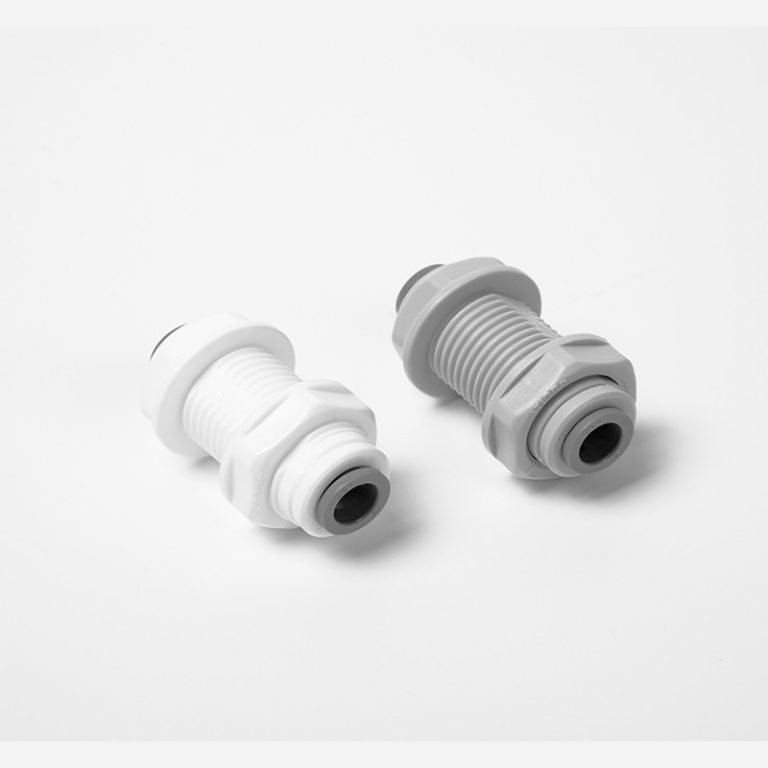“Seal it tight with ease – plastic plumbing fittings made simple.”
Table of Contents
Using Thread Seal Tape for Plastic Plumbing Fittings
Plastic plumbing fittings are commonly used in residential and commercial plumbing systems due to their affordability and ease of installation. However, one common issue that arises with plastic fittings is leaks. To prevent leaks and ensure a watertight seal, it is important to properly seal plastic plumbing fittings. One effective method for sealing plastic fittings is by using thread seal tape.
Thread seal tape, also known as Teflon tape, is a thin, white tape that is wrapped around the threads of a fitting before it is screwed into place. The tape acts as a lubricant, making it easier to tighten the fitting, while also creating a tight seal that prevents leaks. When using thread seal tape on plastic fittings, there are a few key steps to follow to ensure a proper seal.
First, it is important to choose the right type of thread seal tape for the job. There are different types of thread seal tape available, including standard white tape and yellow gas tape. Standard white tape is suitable for most plumbing applications, while yellow gas tape is specifically designed for use with gas fittings. Be sure to select the appropriate tape for your specific plumbing needs.
Before applying the thread seal tape, it is important to clean the threads of the fitting to remove any dirt, debris, or old tape residue. This will ensure a clean surface for the tape to adhere to and create a tight seal. Use a clean cloth or brush to clean the threads thoroughly before proceeding.
Next, tear off a length of thread seal tape that is slightly longer than the threads of the fitting. Hold the end of the tape against the first thread and wrap it around the threads in a clockwise direction. Be sure to overlap the tape slightly as you wrap it around the fitting to ensure a complete seal. Continue wrapping the tape around the threads until you reach the end, then tear off any excess tape.
Once the thread seal tape is applied, it is time to screw the fitting into place. Carefully align the fitting with the corresponding pipe or connection and begin screwing it in by hand. Use a wrench to tighten the fitting, being careful not to over-tighten, as this can damage the threads or strip the fitting. As you tighten the fitting, the thread seal tape will compress and create a tight seal that prevents leaks.
| Model | Tube(a) | Stem(b) |
|---|---|---|
| 1801-A | 1/4 | 1/4 |
| 1801-C | 1/4 | 3/33 |
After the fitting is securely in place, turn on the water or gas supply to test for leaks. If you notice any leaks, tighten the fitting slightly more until the leak stops. If the leak persists, you may need to remove the fitting, clean the threads, and reapply the thread seal tape before re-installing the fitting.
In conclusion, using thread seal tape is an effective method for sealing plastic plumbing fittings and preventing leaks. By following the steps outlined above, you can ensure a proper seal and a leak-free plumbing system. Remember to choose the right type of thread seal tape, clean the threads before applying the tape, and tighten the fitting properly to create a watertight seal. With proper installation and maintenance, your plastic plumbing fittings will provide reliable performance for years to come.
Applying Thread Sealant for Plastic Plumbing Fittings
Plastic plumbing fittings are commonly used in residential and commercial plumbing systems due to their affordability, durability, and ease of installation. However, one common issue that can arise with plastic fittings is leaks. To prevent leaks and ensure a watertight seal, it is important to properly seal plastic plumbing fittings using thread sealant.
Thread sealant, also known as pipe dope or thread compound, is a substance applied to the threads of plumbing fittings to create a tight seal and prevent leaks. There are different types of thread sealants available, including Teflon tape, liquid thread sealant, and pipe joint compound. Each type of sealant has its own advantages and is suitable for different applications.
When applying thread sealant to plastic plumbing fittings, it is important to follow the manufacturer’s instructions carefully to ensure a proper seal. Before applying the sealant, make sure the threads on the fitting are clean and free of any debris or old sealant. This will help the sealant adhere properly and create a tight seal.
One common type of thread sealant used for plastic plumbing fittings is Teflon tape. Teflon tape is a thin, white tape made of polytetrafluoroethylene (PTFE) that is wrapped around the threads of the fitting before installation. To apply Teflon tape, start at the end of the fitting and wrap the tape around the threads in a clockwise direction. Make sure to overlap the tape slightly to ensure a tight seal.
Another type of thread sealant that can be used for plastic plumbing fittings is liquid thread sealant. Liquid thread sealant is a viscous liquid that is applied directly to the threads of the fitting before installation. To apply liquid thread sealant, simply brush or squeeze the sealant onto the threads and allow it to dry before installing the fitting.
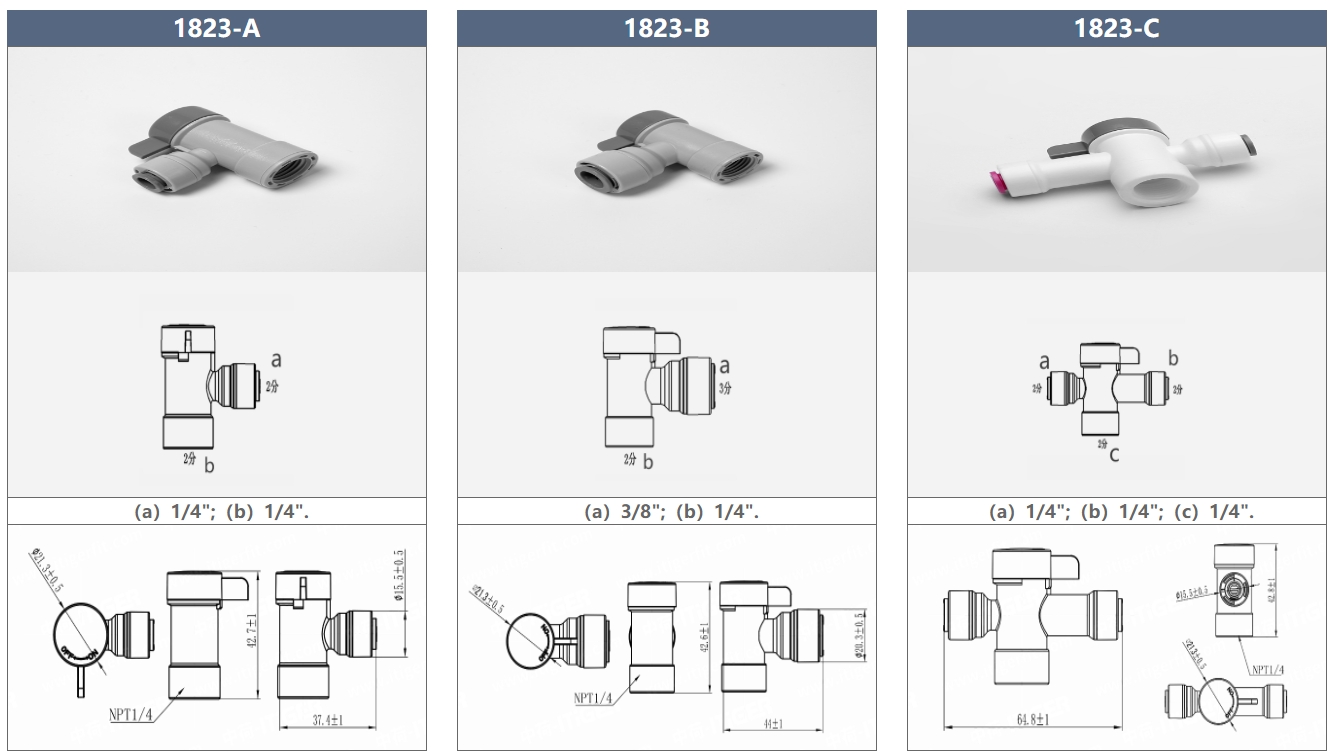
Pipe joint compound is another type of thread sealant that can be used for plastic plumbing fittings. Pipe joint compound is a thick paste that is applied to the threads of the fitting before installation. To apply pipe joint compound, simply brush or spread the compound onto the threads and allow it to dry before installing the fitting.
Regardless of the type of thread sealant you choose to use, it is important to apply the sealant properly to ensure a watertight seal. After applying the sealant, hand-tighten the fitting onto the pipe and then use a wrench to tighten it further. Be careful not to over-tighten the fitting, as this can damage the threads and cause leaks.
In conclusion, properly sealing plastic plumbing fittings is essential to prevent leaks and ensure a watertight seal. By following the manufacturer’s instructions and using the appropriate type of thread sealant, you can effectively seal plastic fittings and maintain a leak-free plumbing system. Whether you choose to use Teflon tape, liquid thread sealant, or pipe joint compound, make sure to apply the sealant carefully and securely tighten the fitting to create a reliable seal.

